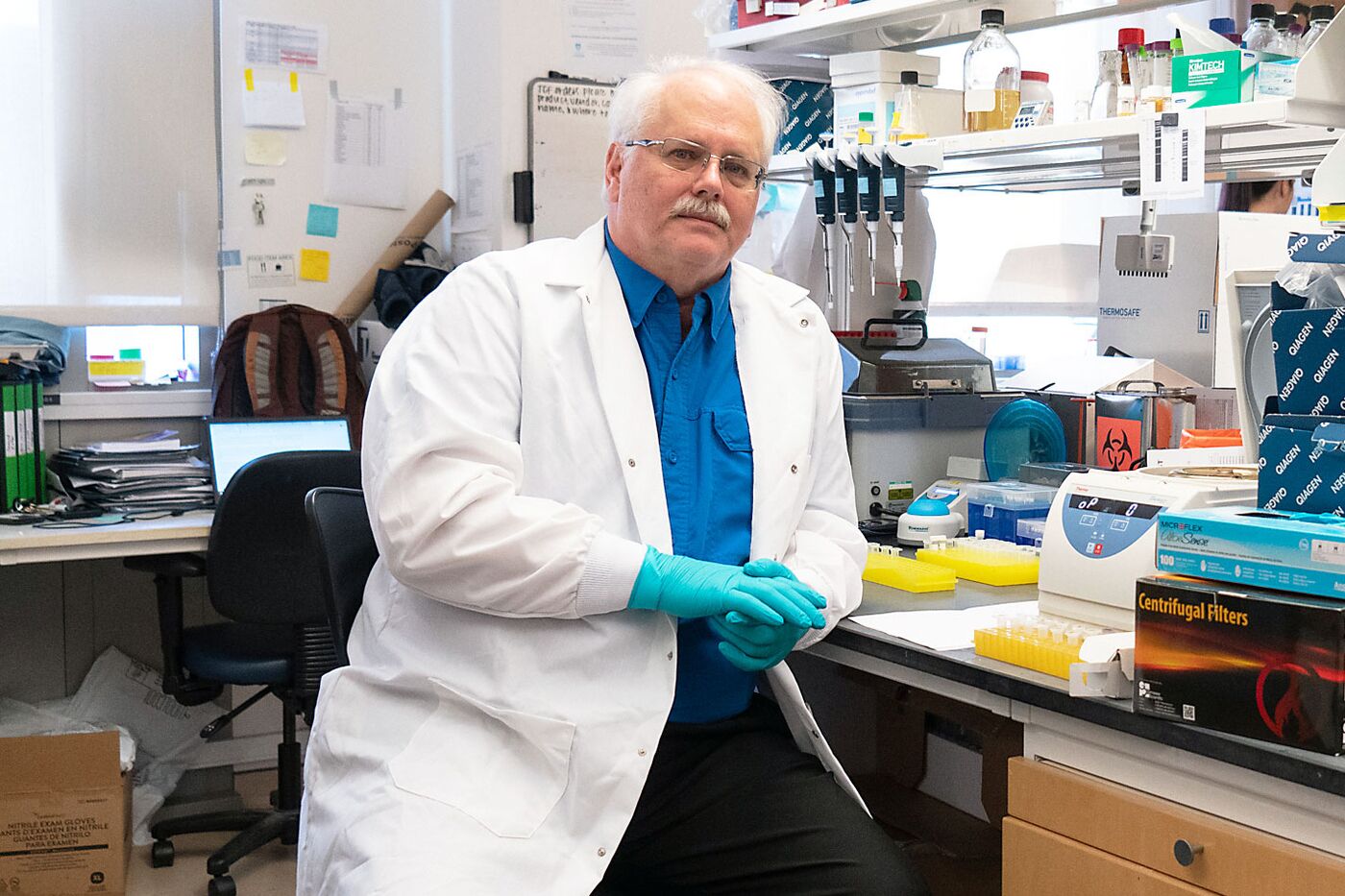The Coronavirus Hunter Is Racing for Answers in a Locked-Down Lab
The Coronavirus Hunter Is Racing for Answers in a Locked-Down Lab
A University of North Carolina scientist who has been chasing viruses for decades may hold the key to a cure
By Robert Langreth
March 4, 2020, 7:00 AM EST
https://www.bloomberg.com/news/articles/2020-03-04/this-coronavirus-hunter-is-racing-for-answers-in-a-locked-down-lab
The deadly coronavirus arrived by courier on February 6, delivered to a windowless air-locked laboratory in a secret location on the University of North Carolina at Chapel Hill campus. It came sealed in two 500-microliter vials, wrapped inside plastic pouches, placed inside a third sealed plastic container, all packed with dry ice.
A team of scientists — protected head-to-toe by Tyvek body suits with battery-powered respirators — opened the vials, got down to work and haven’t stopped since. Members of an elite lab of virologists at the university’s Gillings School of Global Public Health, their mission is to come up with a drug to treat the pathogen that has already infected over 90,000 people and killed more than 3,000.
For veteran researcher and lab leader Ralph Baric, it’s the moment he has both long feared and expected. As early as the 1990s, Baric’s work was raising red flags: Coronaviruses — so named for the crown-like spikes that help them invade cells — had an extraordinarily high ability to mutate and adapt. That suggested new coronaviruses might spread into humans in the future. In one study, he showed coronaviruses that infected mice could rapidly adapt to invade hamster cells.

Ralph Baric at a University of North Carolina labPhotographer: Christopher Janaro/Bloomberg
“It was not that difficult to evolve strains that could jump between species,” Baric says.
Almost 30 years later, that’s exactly what’s occured with the deadly new coronavirus known as SARS-CoV-2. Scientists believe it began in a cave somewhere in China, with bats flying off to spread the virus to other animals in the wild. Some of those animals eventually wound up in one of China’s open-air, or so-called wet, markets where live animals are caged in close proximity — a perfect setting for transmitting viruses to humans.
Until two months ago, Baric was little known outside academic circles. When he began his career, coronaviruses were understood as causing little more than a common cold in people. But his work has suddenly taken on new urgency with the appearance of the new coronavirus.
Lots more at the link.
